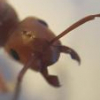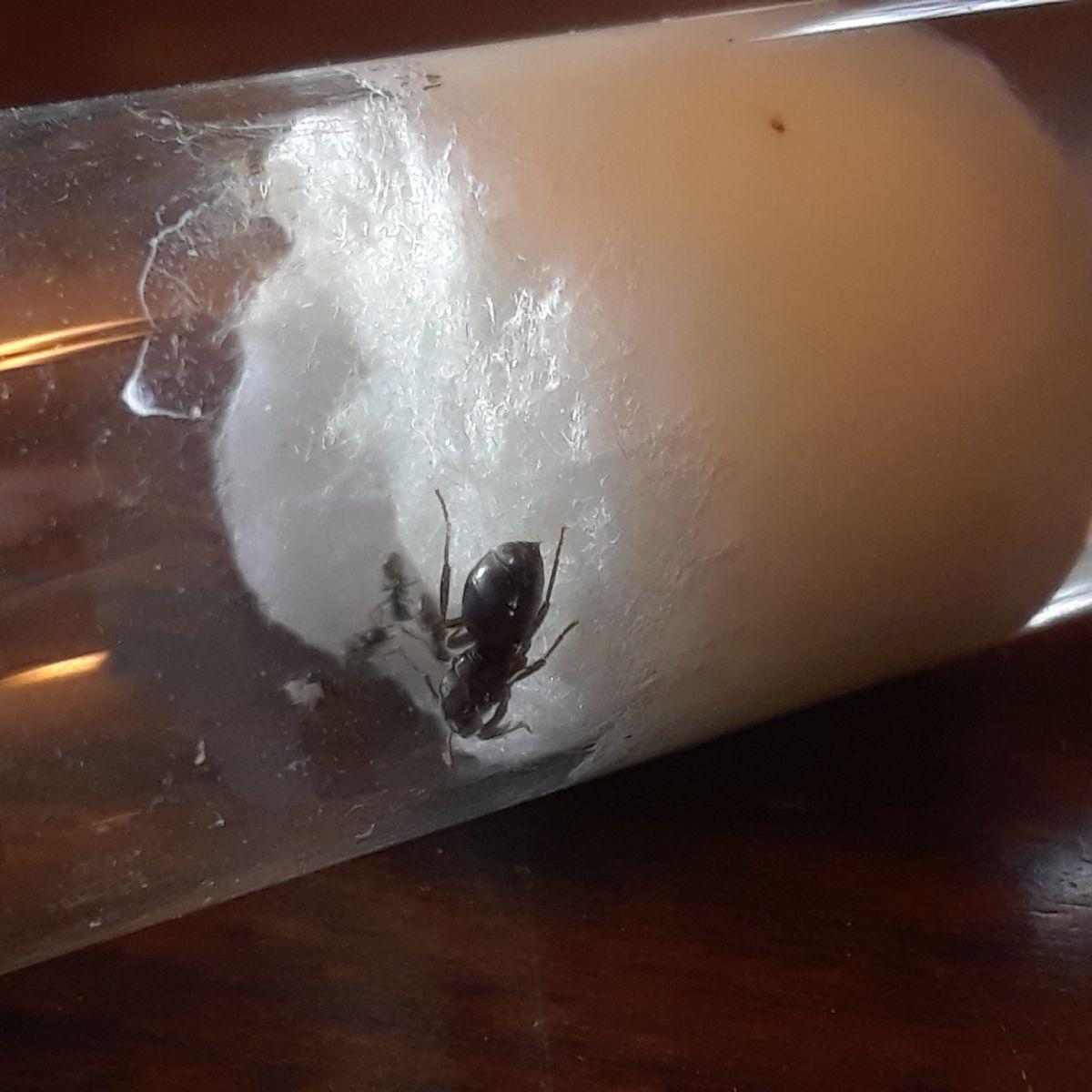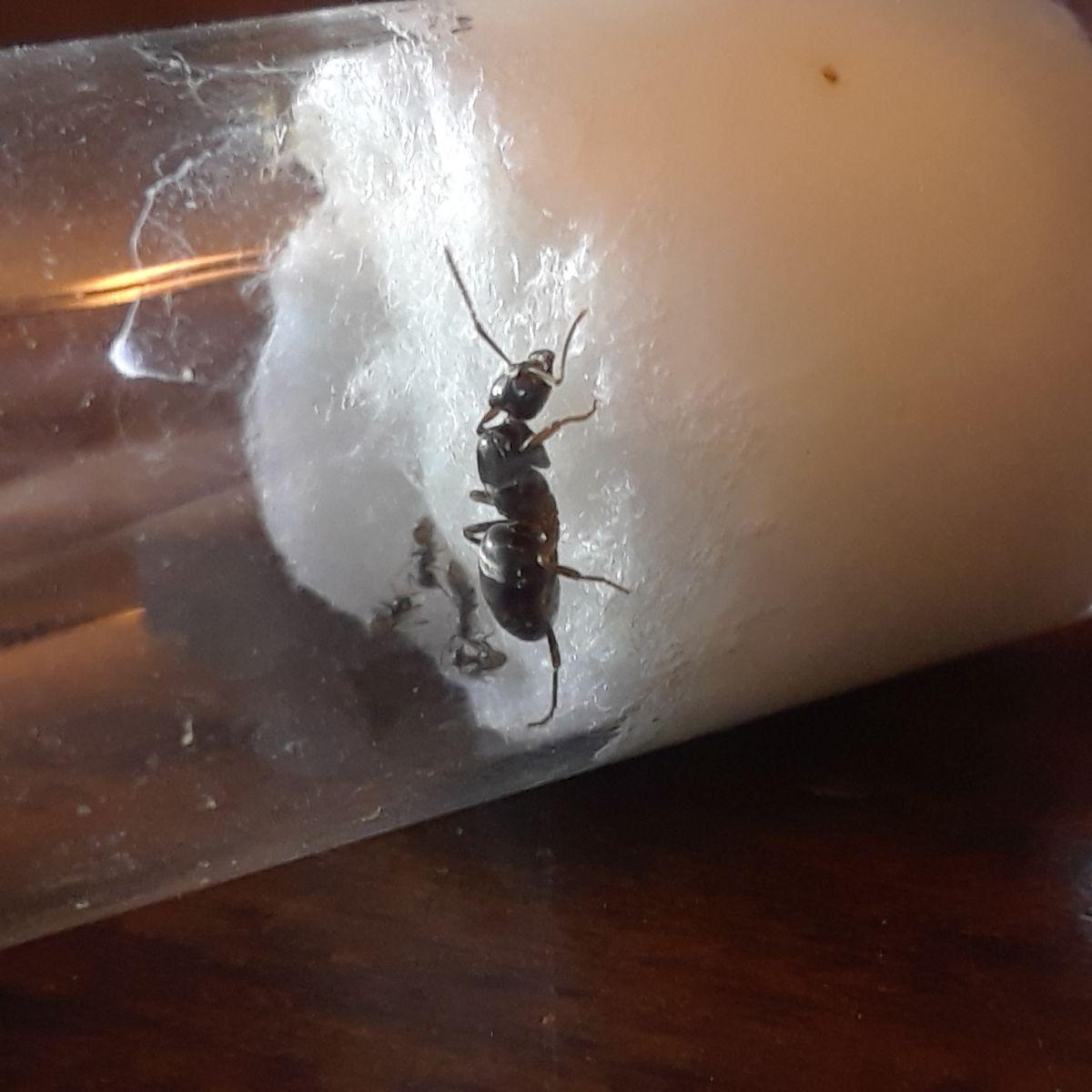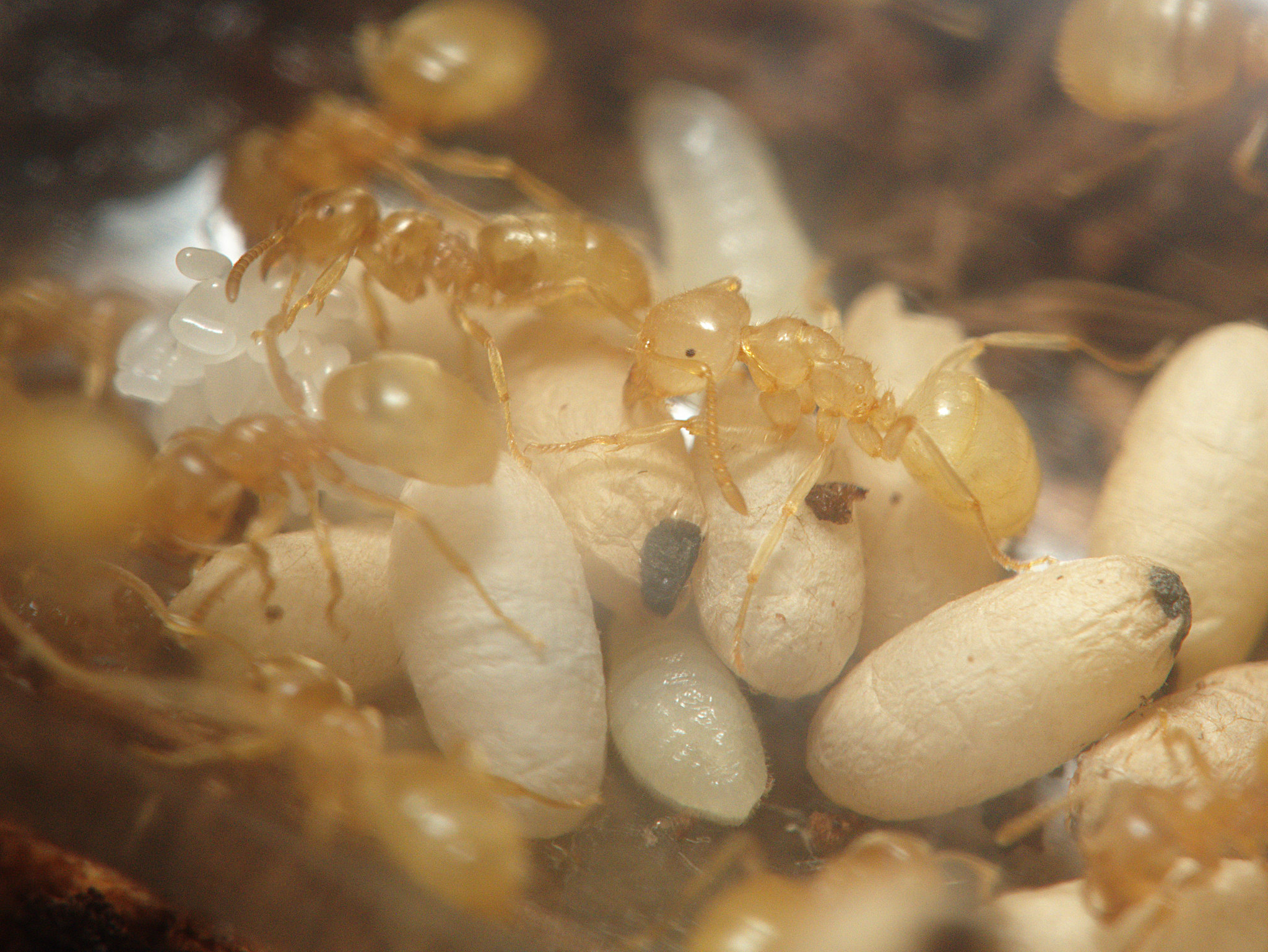Hi guys, My L. claviger queen has taken some L. flavus brood, will she open the cocoon on her own or do I need to introduce some workers as well?
You should have some workers in there with her regardless.
To he honest, I don't know if
parasitic queens will open cocoons or not, but I'm willing to bet that they won't. The only thing they do is lay eggs. They don't even feed themselves if workers are present, which is another reason to have workers with her. At the very least they will keep her from starving to death. Put 20 or so workers and a small pile of pupae in with her and you should be good to go. Make sure they're all from the same colony, and let her have the pupae for at least 24 hours before you introduce the workers. Introduce 1 worker at first to test their responses.
Then it's simply a waiting game for several weeks. Keep her in a dark, warm and quiet place and do your best to on only check on her every couple days if you can.





















